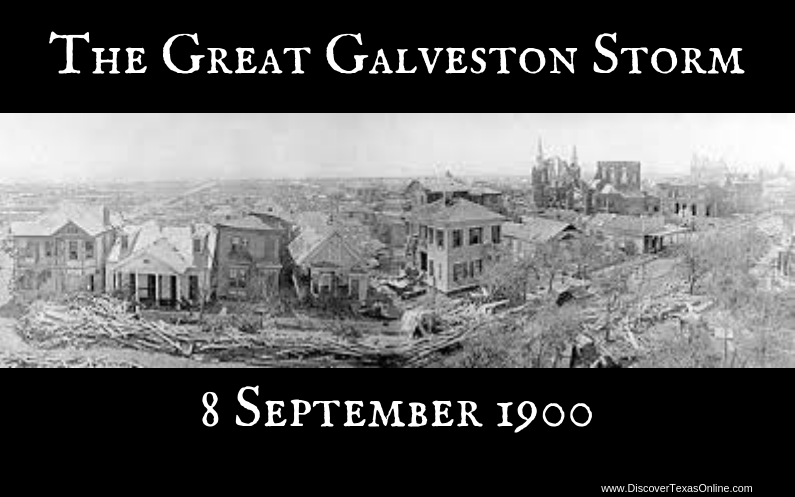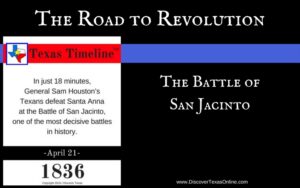 June 1 through November 30 is considered Hurricane Season with 80% percent of hurricanes in the North Atlantic forming between June and October. Along the Texas coast, the most dangerous months are August and September.
June 1 through November 30 is considered Hurricane Season with 80% percent of hurricanes in the North Atlantic forming between June and October. Along the Texas coast, the most dangerous months are August and September.
In the days before weather forecasting and storm tracking were a science, few people along the coast even suspected that a storm was coming.
Galveston was a thriving city in 1900–a major seaport and the largest, wealthiest city in Texas–but it was wiped out in one day. To this day, Galveston’s Great Storm of 1900 remains the #1 tragedy in United States history in terms of loss of life. For comparison, the terrorist attacks on New York and Washington, D.C. on September 11, 2001 took “only” about 3000 lives. It is difficult to imagine the devastation.
There are people who have spent years researching the historical details of this one storm. It’s that significant! I can’t begin to do it justice in a single blog post, but I would like to share two stories that I find particularly interesting.
The spirit and determination of the survivors of the Great Storm was truly admirable. The hurricane brought a 15′ storm surge that washed over the entire island, which was then less than 9′ above sea level. The people of Galveston decided that a storm wall was needed to buffer the impact of future storms and that the island needed to be raised several feet above sea level. And so, in the days before heavy engineering equipment was available, they manually moved stones, dirt, and dredged sand using tools as simple as pumps, shovels, and wheelbarrows to raise the east side of Galveston Island an astonishing 17 feet! This storm wall was tested by another major hurricane in 1915. It held, and loss of life was limited to 53 souls.
My great-grandfather was visiting Galveston Island when the storm struck. He was on a train that was forced to turn around and head back to the mainland. When the train began to fill with water, my great-grandfather climbed out the back, determined to cling to the rails rather than be swept away in a heavy railcar that would surely sink. Cast adrift, he managed to climb onto the roof of a house that floated by. When the current carried him past another man, he pulled him up, too. It was three days before they were rescued and my great-grandfather could find his way back to his home in Houston to find his family in mourning, presuming he had perished.
TEACHING TIPS:
- The stories told by the survivors are tragic beyond belief, but I would encourage you to read them.
- Discuss the importance of “1st Person Documentation”–research materials from eye-witnesses.
- This would be a great time to do a unit study on weather patterns, storms, and forecasting.
- Ask older relatives if they have heard stories of how the Great Storm of 1900 affected your family.
- Visit your library and ask for books about the Great Galveston Hurricane.
- Plan a trip to Galveston to see the 1900 Storm Exhibit at the Galveston County Museum or the Pier 21 Theater. While you’re there, tour some of the old stone mansions that survived the storm. In many, the original first floor became a basement when the level of the island was raised.


